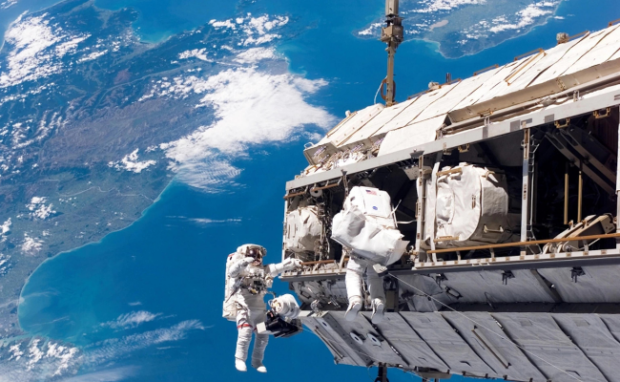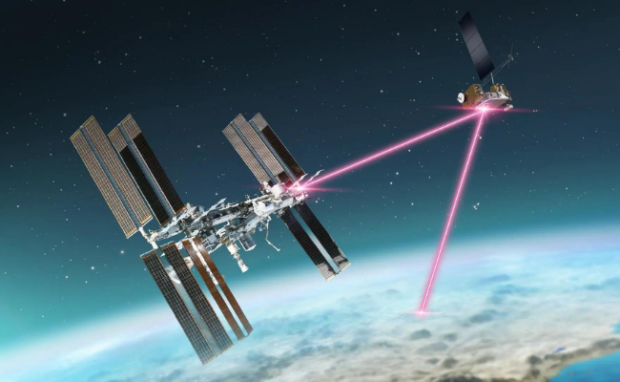NASA plans to deorbit the ISS in 2031
The National Aeronautics and Space Administration released a request for a proposal to use the US Deorbit Vehicle to deorbit the International Space Station safely. It is one of the essential equipment that will pull the ISS into an inhabited part of the Earth. As a result, global space agencies may launch a more powerful orbital project.
Five space agencies launched the International Space Station in 1998 to facilitate scientific exploration and research. It enabled the world to learn more about how space works and how humans respond to living in that vacuum. However, age has worn down its components, so we must decommission it and launch a newer space facility.
This article will discuss how NASA plans to decommission the International Space Station. Later, I will cover some of the space agency’s latest projects.
How will space agencies deorbit the ISS?
NASA announced last year it will start decommissioning the ISS in 2026. That is when the agency will let the space facility naturally decay under atmospheric resistance or drag.
Consequently, it will drop from 400km or 250 miles to about 320km or 200 miles in the middle of 2030. Then, NASA and other space agencies will send a crew to the ISS to remove historically important items and reduce its weight.
European Space Agency (ESA) head Josef Aschbacher noted, “That is still in discussion.” The final crew will leave once the station’s altitude drops 280km or 175 miles lower.
You may also like: SpaceX sends all-civilian crew into orbit
The BBC says that will mark a point of no return when we cannot restore the ISS’s orbit. Afterward, the Russian Progress spacecraft would push the Space Station into the Earth’s atmosphere.
However, recent geopolitical shifts put Russian participation into question. That is why NASA has been planning alternative methods like the US Deorbit Vehicle.
Specifically, it will tumble down into Point Nemo, a stretch of the Pacific Ocean between South America and New Zealand. It is far enough from human habitation to avoid casualties.
Why decommission the ISS?

Photo Credit: nationalgeographic.com
In 1985, the Soviet Union’s Salyut 7 space station degraded with age, eventually becoming dangerous and uncontrollable in orbit. It sparked one of the riskiest space missions as two cosmonauts struggled to revive the tumbling station.
“We really don’t want to go through that again,” stated Cathy Lewis, a National Air and Space Museum historian. Consequently, space agencies want to deorbit the ISS by bringing it into the atmosphere to splash down in the Pacific Ocean safely.
The British Broadcasting Center says NASA requested Congress to fund a “space tug,” a craft that can pull the station back into the atmosphere. Also, the BBC said the tug would likely cost around $1 billion or £800 million.
You may also like: Russian cosmonauts detected cracks in ISS module
Most objects hurtling towards the Earth’s outer layer burn into harmless dust or debris. That happened to Russia’s Mir space station in 2001 and NASA’s Skylab in 1979.
However, the International Space Station is a greater challenge because it is three times larger than Mir. Harvard-Smithsonian Center astronomer Jonathan McDowell confirmed, “It is a significant challenge. A 400-tonne object falling out of the sky is not great.”
Space agencies tried prolonging the ISS’s lifetime but admitted they could only do so until 2030. They could bring it into a higher orbit, but it would require numerous boosting spacecraft.
What’s next for NASA?

Photo Credit: scitechdaily.com
The ISS is going down soon, but NASA will bring new discoveries soon. For example, the space agency is testing its laser communications systems. As the name suggests, it uses infrared beams to transmit data.
If it succeeds, ILLUMA-T could facilitate sending info from space explorations to Earth. Its deputy project manager, Matt Magsamen, stated, “Once ILLUMA-T is on the space station, the terminal will send high-resolution data, including pictures and videos, to LCRD at a rate of 1.2 gigabits-per-second.”
You may also like: SpaceX launches rocket to the ISS
“Then, the data will be sent from LCRD to ground stations in Hawaii and California. This demonstration will show how laser communication can benefit missions in low Earth orbit.” Soon, ILLUMA-T could become another significant space tech akin to the global positioning system.
Conclusion
NASA will start decommissioning the ISS by 2026. In 2030, it will start its descent into our atmosphere. Afterward, the space agency will launch a replacement vessel.
The International Space Station’s contributions will be remembered forever. However, progress involves taking down the old and replacing it with the new.
That fosters growth and development for scientific progress. Ensure your knowledge continues to grow by checking the latest digital tips and trends at Inquirer Tech.